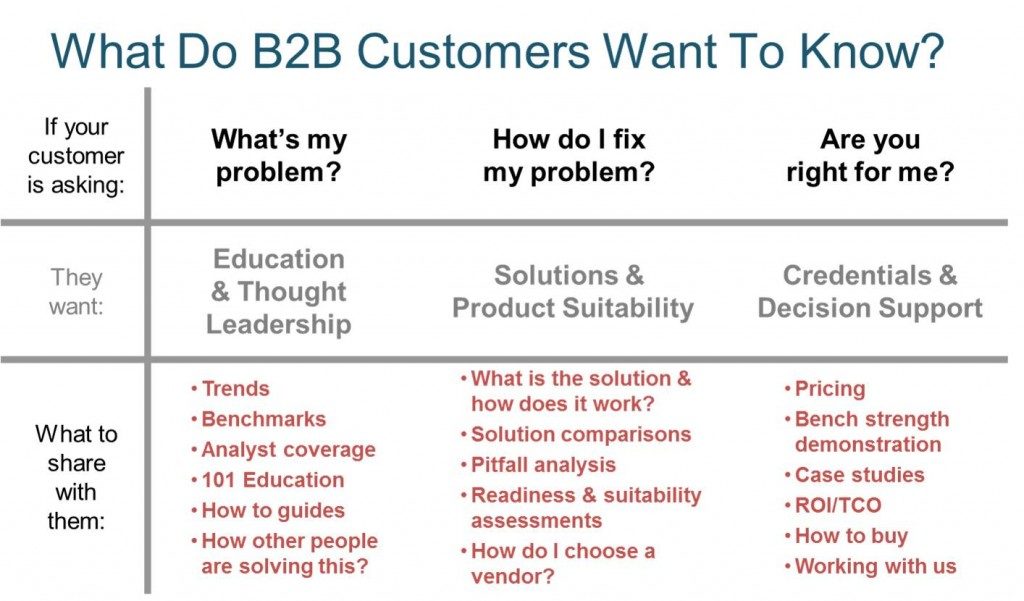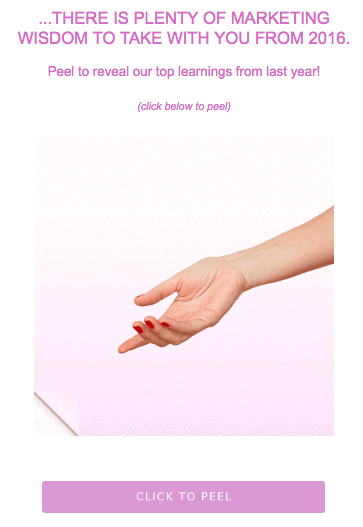5 Ways to Improve B2B Emails
By now, you know B2B emails are important.
We could give you all the important stats:
- 89% of marketers say that email is their primary channel for lead generation.
- Email is the top source of analytics data for marketers, with 41% using their email marketing performance data.
- Over 75% of email revenue is generated by triggered campaigns, rather than one-size-fits-all campaigns.
But, chances are, you are far less interested in facts and figures and far more interested in how to actually get more people to open your emails.
After all, that’s how you get more clients, right?
The good news is you’re in the right place. In this post, you’re going to find five real and actionable things you can do to improve your B2B emails. That means more opens, more clicks, and higher engagement.
Remember, very few B2B (business to business) customers are going to click and buy on the first email. You need to craft emails that build a relationship with your potential buyers over time. This approach is different than most advice you’ll see focused on B2C (business to consumer) brands.
Let’s get started.
#1. Improve Your Copy
Ok, this one should feel pretty obvious, but a lot of brands just aren’t connecting with their emails. You can make all the design changes in the world (more to come) but if no one is actually opening those emails you aren’t getting the message across.
Start with your “from” field. Instead of having this be from “the brand” have it be from an actual person. Make your customers feel like they can respond to someone who will help them or answer their questions. This helps build rapport.
Next, look at your headline. A great headline is a golden ticket, it makes people open the email. Here are a few subject line tips:
- Keep it to under 35 characters (you can use this tool to check your subject line)
- Tap into emotions like curiosity
- Personalize it, if you can
- Stay on topic, don’t say one thing in the subject line and another in the email
Just paying attention to this should help you improve your emails.
#2. Avoid Selling All the Time
This one can be hard for brands. We’ve been conditioned to use email to sell as much as possible. Now, this isn’t to say that selling at all is wrong, the key is to really sell at the right time.
The vast majority of B2B customers are on a journey and most are not going to be ready to buy the first time your email lands in their inbox. Take a look at this chart from Brainrider on how you can create content around the buyer’s decision map:

You can use each stage in your potential customer’s journey as a touch point to share content that is specifically geared towards their questions at that moment.
Doing something like this is going to be far more valuable over the long run than adding another ‘buy now’ button at the bottom of your email.
#3. Segment
One of the biggest secrets to success for brands that see high levels of engagement with their marketing emails is they segment them.
In a recent Q+A post by Salesforce Pardot, this question was asked:
I want to improve the effectiveness of my B2B emails.
Pardot didn’t go into a long litany of changes that should be made. Instead, they offered just one piece of advice:
If we had to suggest one focus point to help improve email effectiveness, it would be better targeting, which can be achieved through segmentation. Using a marketing automation platform, you can use what you know about your prospects to sort your database into simple or complex lists. These lists can then be used to target your email messages so that each segment receives the most relevant messages for them.
Segmentation is important. When you segment your list, you are able to craft emails that speak directly to them. You can segment by just about anything, from geographic location to job title to where a particular person is on the decision-making journey.
Once you have your segments down, create email content that is specific to that customer. Here, you can really dive deep, answer specific questions, talk about specific events. All of this helps the reader feel like they are getting content that is personalized just for them.
And who doesn’t like that?
#4. Surprise and Delight
Far too many B2B brands think that because they have a product or service that isn’t sexy and fun that their content can’t be either. That’s not true at all.
In fact, the more fun and interesting content is, the more likely people are going to engage with it, doesn’t matter what the product or service might be.
One way to tackle this when it comes to email is to surprise and delight your readers. This doesn’t mean bombard them with extra emails that they didn’t ask for. Instead get creative and think out of the box.
Your emails don’t have to be the same standard stuff that everyone else sends. Include interactive content, video, memes, gifs, and images.
Isn’t opening an email where you see something like this:

A lot more interesting than just the link to the blog post?
Chances are your potential customers are going to think the same thing too.
#5. Include Multiple Channels
Even though you’re connecting with your potential customers by email don’t ever forget to also let them know inside your B2B emails that they can learn about you other places.
You can do this in a couple of ways.
Never hesitate to link to your website in your emails, especially when you are sending out your own expert content on your particular niche. Don’t forget to include content that you’ve written as guest posts, or even when you’ve been featured on another site that you think your customer will find beneficial.
Also include your social media channels too. There are tons of B2B brands all over social media doing an amazing job of connecting with the market. What one person might not find compelling on your blog could be blown away by on your YouTube channel.
And, for brands marketing to businesses with a heavy Millenial presence, don’t forget to include your Instagram and Snapchat accounts!
Make sure you open the door to having anyone who is on your email list have the ability to interact with you on any one of your marketing channels, not just through email.
Final Thoughts
These are just a few tips that should help you get started improving your B2B emails. Never hesitate to try out a few and see what works (and what doesn’t).
Always be testing when it comes to your email when you pay attention to winning designs, subject lines or types of content use them again, and again to keep your readers actively interested and engaged as they move through the buying process.




